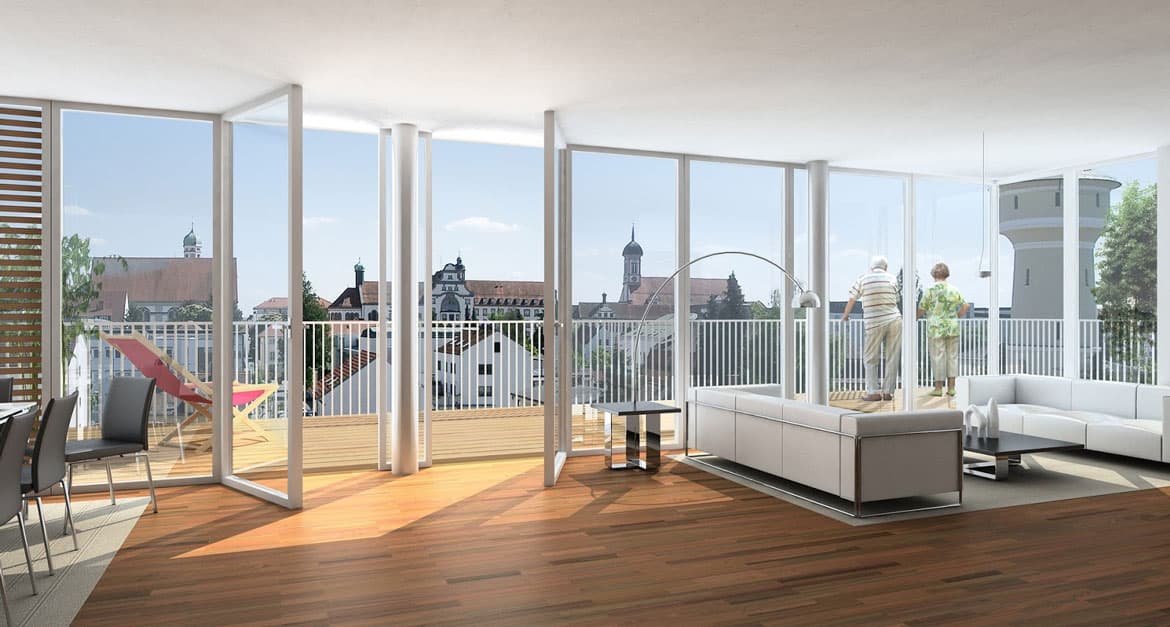WELL Certification: How Improving Air Distribution Helps the Planet & Your Occupants
Today, the impact buildings have on the environment and human health are driving innovation in building design and construction. There is a strong...
Floor, wall and ceiling mounted to meet your unique project design.
3 min read
Joe Hullebusch : Jan 3, 2019 12:00:00 AM

From new construction projects to renovation and repair work -- architects, engineers, designers, construction companies and contractors must follow building codes. Failing to do so risks costly fines and reputation damage.
However, while the industry acknowledges the importance of building codes, understanding which ones to follow is a major challenge. The International Building Code (IBC) has been key to aligning building codes across states and municipalities, but there are still many variances at play.
For example, many states in the US have adopted IBC, but with specific limitations or changes for their jurisdiction. Understanding (and complying) to these variances is a headache for professionals in the Architecture, Engineering, and Construction (AEC) industry.
You can check here to see which exact building codes you need for your project, but if you need a quick primer, read on below.
Read More about Building Construction:
Building codes are specific rules that AEC (Architecture, Engineering, and Construction) companies have to follow when designing, building, altering, or maintaining a building. There are multiple levels of these rules, including individual city bylaws, state and federal regulations, as well as international standards.
The main purpose of Building Codes is to ensure that structures are built to a standard that ensures the safety, health, and well-being of its occupants.
For example, is your building designed to prevent a fire from spreading too quickly?
Can your building’s structure hold-out long enough for its occupants to evacuate?
The International Code Council (ICC) defines the following codes for buildings:
Regardless of whether the code is locally defined or adopted from the ICC, adhering to building codes is a compliance requirement. Besides putting occupants in harm’s way, failing to adhere to building codes may result in costly fines and damage to your company’s reputation.
In general, the responsibility of enforcing building codes falls to the municipality and the state.
Regulators usually get an opportunity to examine building proposals to see if those projects align with building codes well ahead of any construction work.
However -- from the local government’s standpoint -- there is always the risk of builders or property owners not following through on the design. To mitigate this risk, regulators will inspect ongoing and completed projects.
The following are subject to inspection:
Inspectors will assess your building through the construction process. Once you complete your project, they will conduct a complete inspection of the building and, if there are issues, provide you with written feedback.
Otherwise, you’ll receive a Certificate of Occupancy, which will confirm that your building aligns with all applicable building codes.
Previously, every city in the US defined its own building codes.
However, due to the cost and time involved in keeping those codes up-to-date, most have adopted IBC, with modifications to adapt to local challenges. Some state governments also define additional requirements for those submitting proposals (especially for infrastructure and public buildings).
You can find building codes for your project’s location through the state or municipality website. For example, you can find codes for New York City on its municipal website. You could also speak to the city planner for the building code as well as additional information or guidance about the municipality’s regulations.
Likewise, if you are submitting a bid for public property, the request-for-proposal (RFP) should outline which building code to follow. You can also consult the American Society of Civil Engineers and other professional associations as resources.
This process gets easier with experience.
When selecting partners -- such as material suppliers, HVAC integrators, construction contractors, etc -- it is important to rely on those with experience in the location and relevant building codes of your project.
Having installed over 80 million square-feet of HVAC solutions, we’ve accumulated experience in complying to building codes in 25 countries across North America, South America, Asia, Australia, and the Middle East. Talk to us if you need help delivering your building project on time and within budget.
(Source: Baloncici via DepositPhotos)

Today, the impact buildings have on the environment and human health are driving innovation in building design and construction. There is a strong...
Photo: PixabayThe quality and the size of a commercial construction project are the most critical variables in determining construction costs for...

If you’re constructing a new building, there are many regulations to consider to ensure its sound construction and the safety of everyone inside.